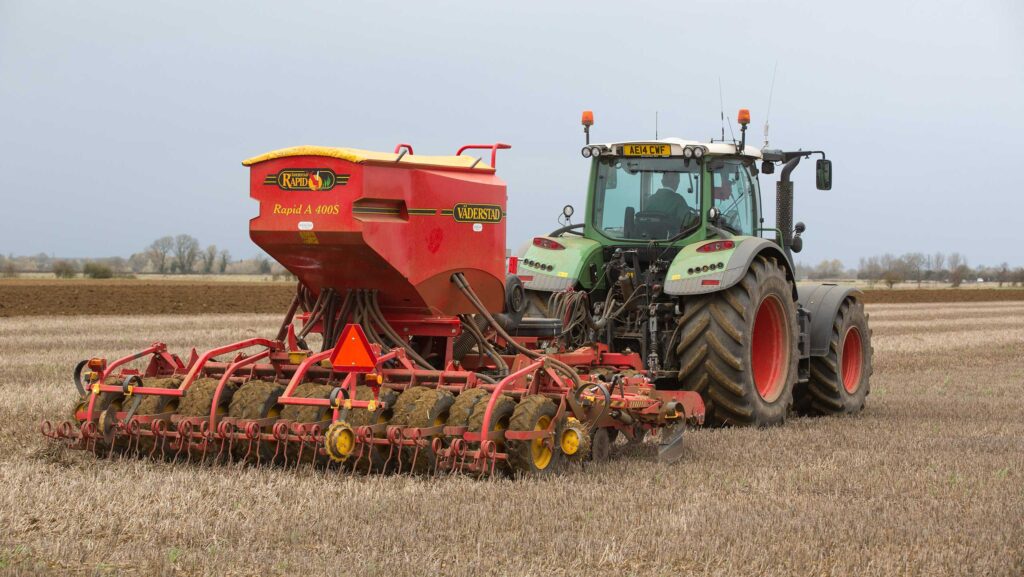Feed beans flutter around £220/t as UK plantings progress
 © Tim Scrivener
© Tim Scrivener Optimal planting conditions could lead to a slight uptick on field beans this year, with spring drilling in full swing.
Defra figures estimated the UK field beans area at 132,000ha last year, down by 37% on the previous year, and it was expected that the area would be down slightly again in 2025.
However, more favourable weather conditions and changes to the Sustainable Farming Incentive (SFI) could have encouraged more beans to be planted and lead to a larger cropping area than previously forecast.
See also: Analysis: Is there still a place for pulses on UK arable farms?
Feed beans have made slight gains in recent months. Prices collected by Farmers Weekly averaged ex-farm feed beans at £219/t on 2 April, up by £6/t since the start of the year.
Traders at ADM say beans are still £35/t to £40/t too expensive compared with imports for new crop, but suggest this could narrow during April if premiums come under pressure.
The Processors and Growers Research Organisation (PGRO) says trading of feed beans has been steady, but at relatively low volumes with demand being driven by the poultry sector.
It suggested that values have had relatively little movement since October and typically remain around £217-£219/t ex farm.
PGRO chief executive Roger Vickers said: “In most cases 2025 cropping decisions have already been made and won’t change now, but there will be some who didn’t get an SFI application in before the surprise closure and may have flexibility for peas and beans to deliver income and environmental benefits this year.”
Yields
Kent grower Richard Budd achieved an outstanding average yield of 6t/ha growing field beans last year, well above the industry average of 3.7t/ha to 4.9t/ha.
Iain Ford, business development manager at agrochemicals company BASF, said: “In 2024 Richard averaged a winter bean yield of over 6t/ha, with some fields achieving more than 9t/ha.
“These fields generated a higher gross margin compared to the farm’s winter wheat.
Mr Ford added that beans could be a lucrative break crop and would return a margin of £780/t, based on 6t/ha yields, typical variable costs of £85/t and an ex-farm price of £215/t.
Mr Budd said: “I firmly believe that break crops must contribute as much as possible to the rotation, they aren’t there just to give us good wheat crops.
“Last year’s results weren’t a complete fluke. The weather certainly helped, but we worked hard to get the basics in place.”
Emerging market
In the longer term, demand for UK beans could increase as livestock rations move away from imported soya and look for alternative sources of protein.
There is also potential to increase the use of pulses for human consumption in the UK.
Research by the University of Reading found that UK households spend just £1.68 on pulses each week on average, which represents less than 1% of weekly income.
Project lead Prof Julie Lovegrove said: “Our findings clearly demonstrate the benefits of including more pulses in our daily diet.
“These foods are not only nutritious but also incredibly versatile, affordable, and sustainable.”
